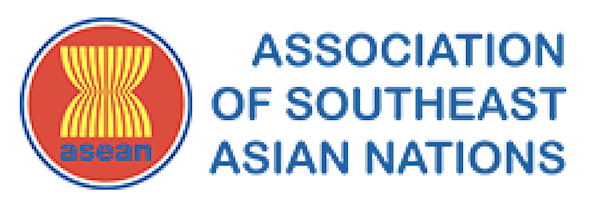ASEAN agreed on common alert levels, trigger points, and the corresponding actions to monitor and respond the fire and haze situation in the region. There are four alert levels: (i) Prevention and Preparedness; (ii) First Alert; (iii) Second Alert; and (iv) Third Alert. Each alert level will be activated based on the agreed respective trigger points, and corresponding actions are to be taken by ASEAN Member States.
| TRIGGER POINTS |
ACTIONS BY ASEAN MEMBER STATE (AMS) |
| Prevention and Preparedness |
| Before dry season starts |
- Monitor Fire Danger Rating System (FDRS) map for potential of fire occurrences and circulate FDRS maps to all relevant local stakeholders daily.
- AMS to provide daily hotspot data from ASMC to local stakeholders and conduct close monitoring on hotspot data as an indicator of fire probability.
- Conduct close monitoring on Air Pollutant Index (API) / Pollutant Standard Index (PSI) data.
- Monitor weather conditions and hotspot counts in high-risk/fire-prone areas and issues alerts as appropriate.
- Activate land and forest fires prevention programme nationwide.
- Intensify law enforcement actions against open burning activities.
- Establish close inter-agency cooperation including with private sectors and local communities to monitor activities around the land and forest areas through daily ground patrol and aerial surveillance.
- Manage water levels in peatlands appropriately to prevent fire.
- Strengthen coordination and capacity among agencies involved in peatland fire prevention and control, including establishment of peat fire prevention units in agencies responsible for forestry and agriculture activities.
- Activate awareness/campaigns on open burning prevention and enhance local community participations and local stakeholders in land and forest fire prevention.
- Intensify socialisation and awareness programmes on zero burning and controlled burning practices through mass media.
|
| First Alert |
- Dry weather condition;
- Sporadic occurrence of fires; and
- Medium fire intensity as depicted in Fire Weather Index (FWI).
|
- Continue actions in the prevention and preparedness level.
- Carry out ground fire suppression as soon as possible to extinguish fire and prevent fire outbreak.
- Fire suppression using water bombing may be considered for large forest fires.
- Establish close inter-agency cooperation including private sectors and local communities to suppress land and forest fires.
- Close monitoring of the burned areas to prevent recurrence and spreading of fires.
- Weekly reporting of the current situation and actions taken by AMS through situation report.
|
| Second Alert |
- Dry weather condition;
- Extreme fire intensity as depicted in Fire Weather Index (FWI);
- Significant increase of hotspots with visible smoke plumes;
- Haze trajectory model showing transboundary movement of smoke haze;
- Prevailing wind showing moderate to dense haze is likely to lead to transboundary movement of smoke haze;
- Air quality reaches unhealthy level at the country of origin; and
- Risks to human health and environment arising from land and forest fire incident.
|
- Continue actions in the First Alert level.
- Activate National Emergency Response involving mobilisation of national task force team, ground suppression and aerial operation including cloud seeding and water bombing.
- Intensify inter-agency cooperation including private sectors and local communities to suppress land and forest fires.
- Close monitoring on the burned areas to prevent recurrence and spreading of fires.
- Daily reporting of the current situation and actions taken by AMS through situation report.
- Include haze trajectory map in the daily situation report.
- The Panel of ASEAN Experts on Fire and Haze Assessment and Coordination to be on standby.
|
| Third Alert |
- Dry weather condition;
- Extreme fire intensity as depicted in Fire Weather Index (FWI);
- Significant increase of hotspots with visible smoke plumes;
- Haze trajectory model showing transboundary movement of dense smoke haze;
- Prevailing wind showing moderate to dense transboundary smoke haze affecting the region;
- Air quality reaches unhealthy level in the region; and
- Risks to human health and environment arising from land and forest fire incident.
|
- Continue actions in the Second Alert level.
- Extensive National Emergency Response involving mobilisation of national task force team.
- Extensive ground fire suppression and aerial operation including cloud seeding and water bombing.
- Intensify inter-agency cooperation including private sectors and local communities to suppress land and forest fires.
- Close monitoring on the burned areas to prevent recurrence and spreading of fires.
- Daily reporting of the current situation and actions taken by AMS through situation report.
- Include haze trajectory map in the daily situation report.
- Activate Section IV of the ASEAN Standard Operating Procedure (SOP) on Joint Emergency Response; the Panel of ASEAN Experts on Fire and Haze Assessment and Coordination to be mobilised.
|
Share this











